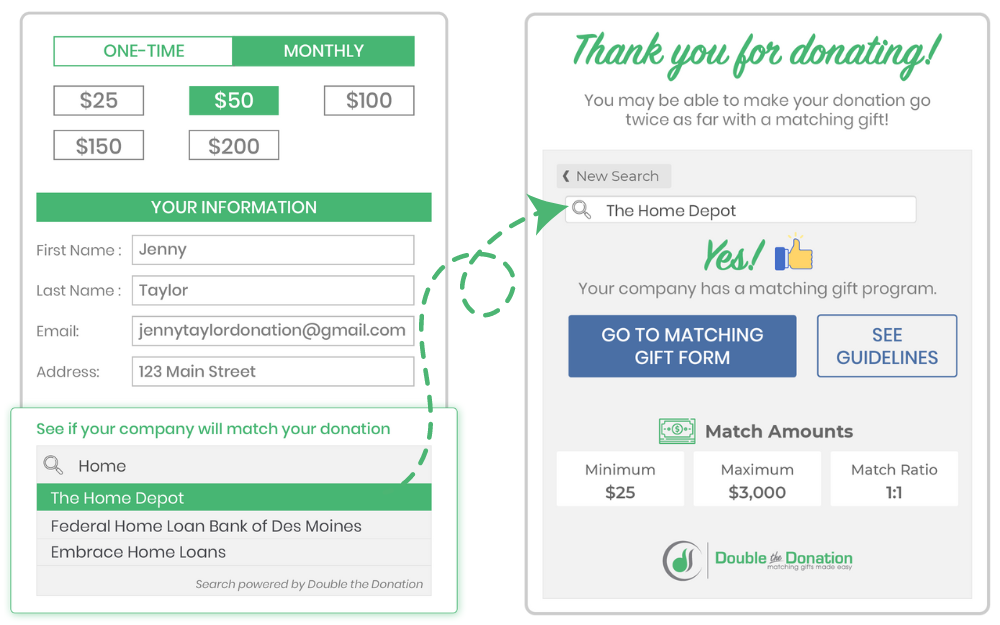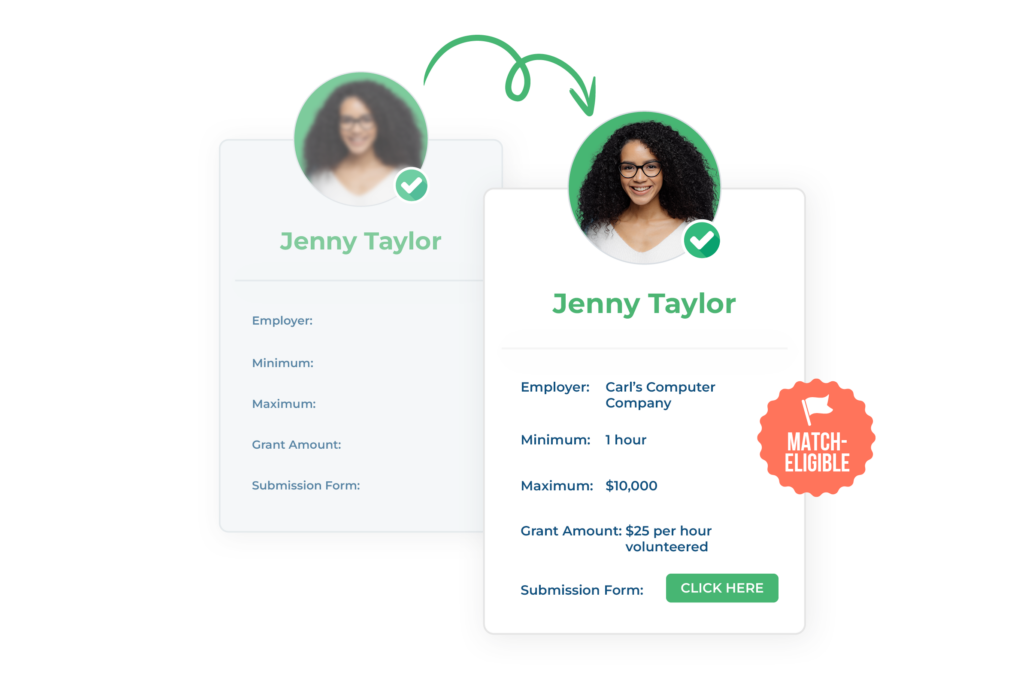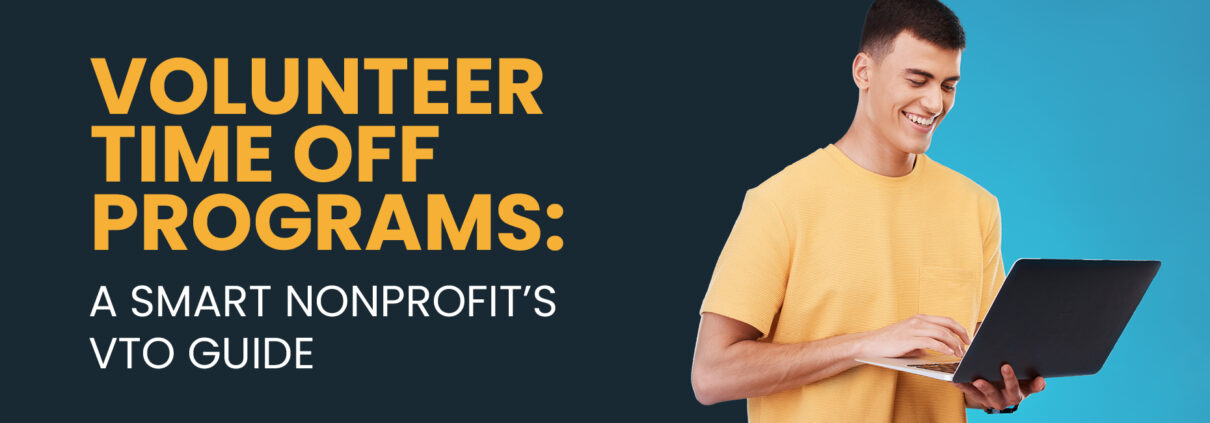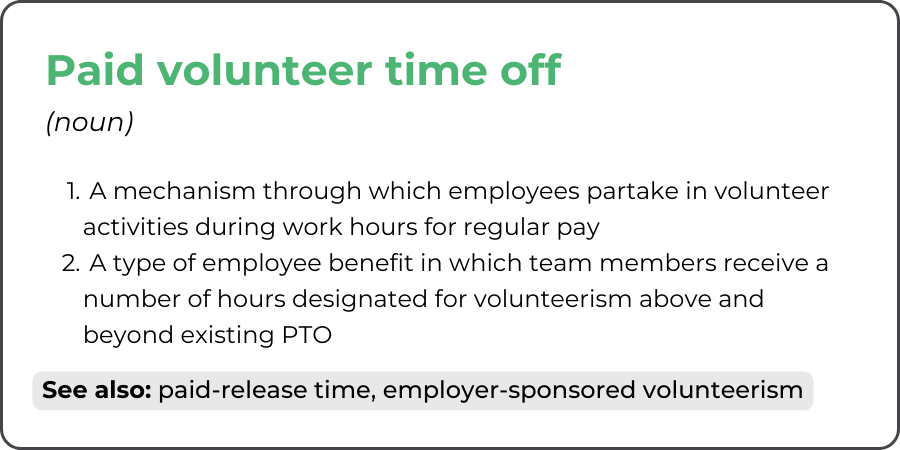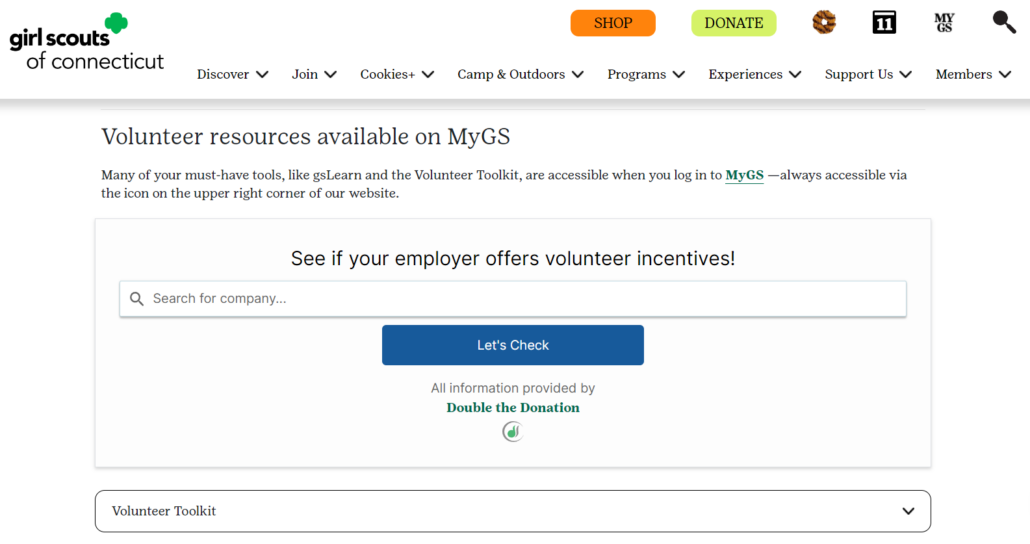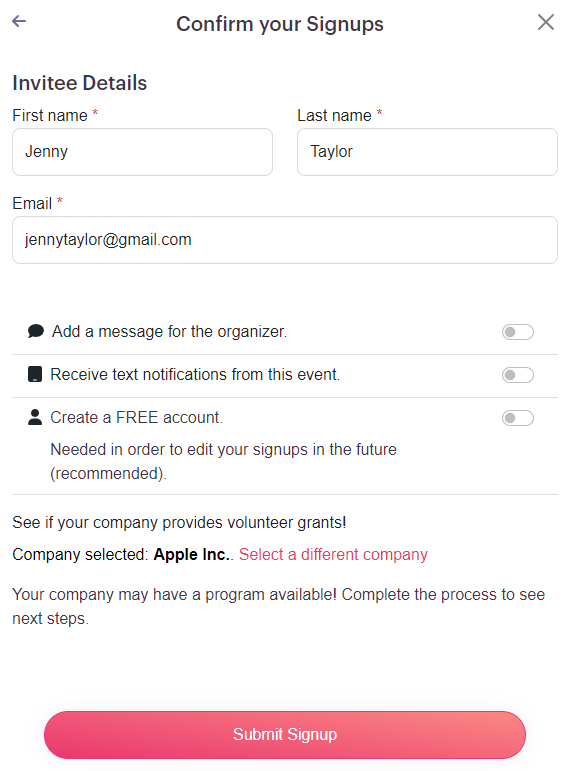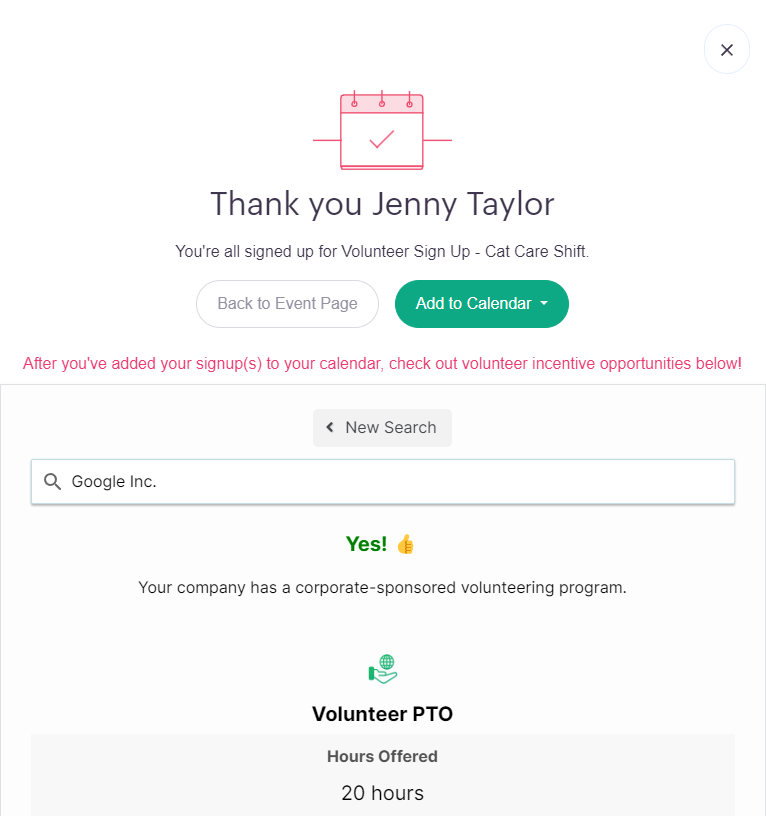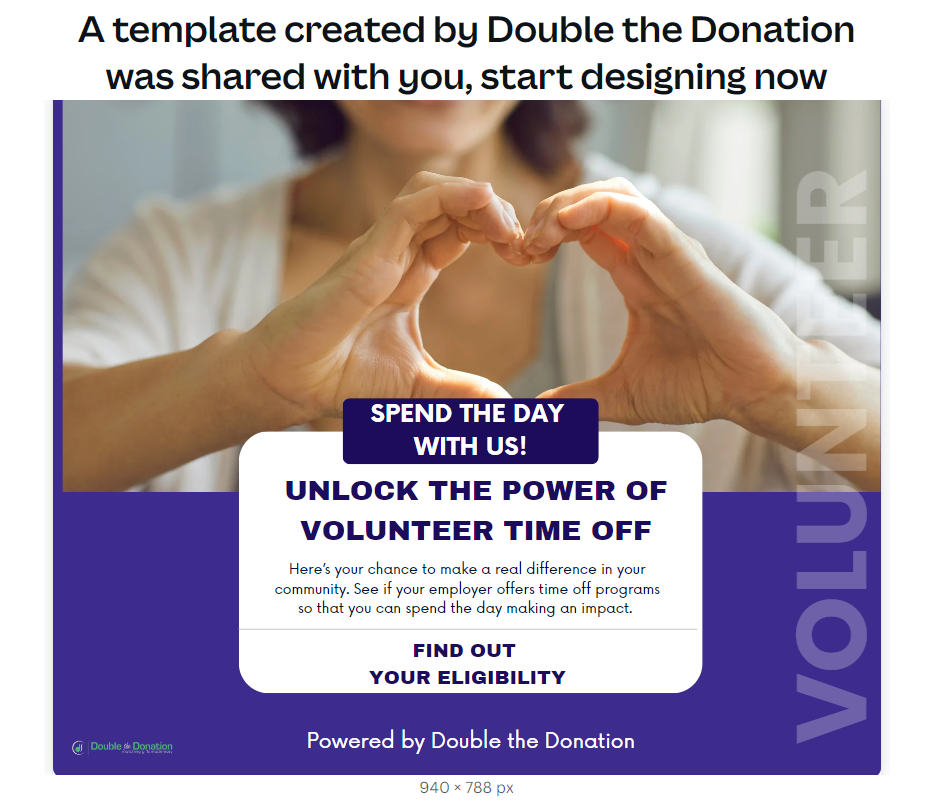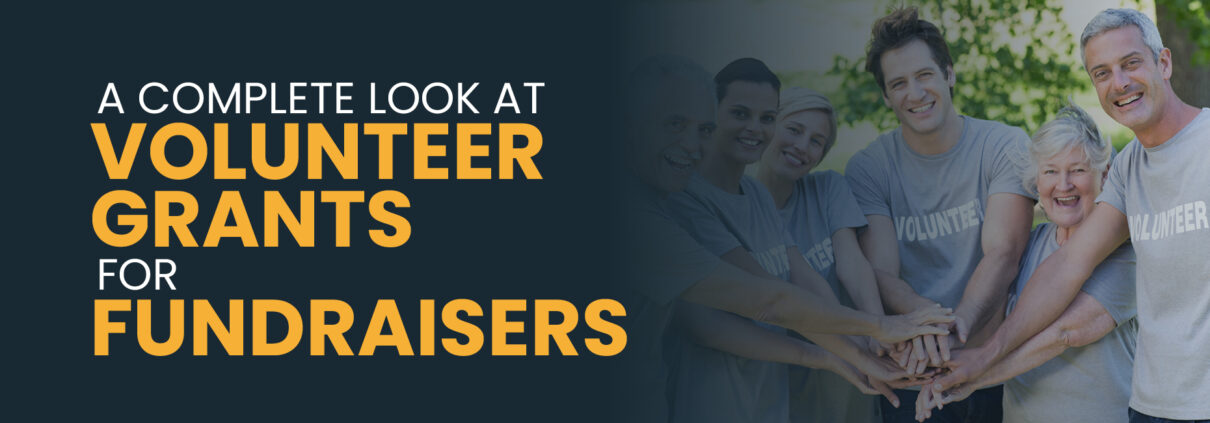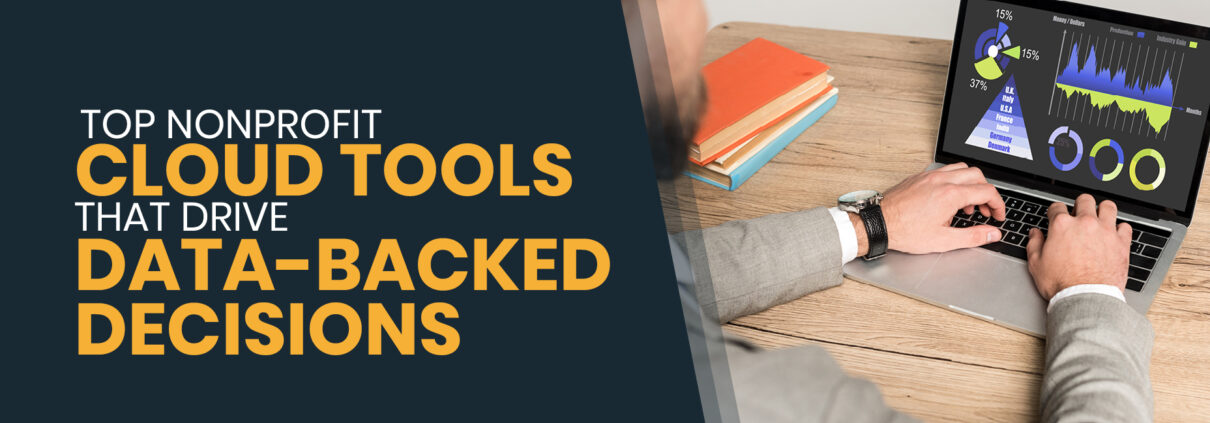Improving Recurring Donor Retention: 4 Ways to Keep in Touch
According to CharityEngine’s statistics, monthly donations made up 31% of all online fundraising revenue last year, and the average recurring donor stays engaged for more than eight years. This makes these supporters a highly valuable source of regular, long-term revenue—if you can retain them.
Fortunately, retaining your recurring donors doesn’t have to be a challenge. All you need to maintain relationships and keep them interested in your work are a few smart communication and marketing strategies. Let’s walk through four ways to proactively keep in touch with these vital supporters.
1. Personalized email updates
Sending periodic updates on your nonprofit’s work helps you keep recurring donors in the loop, even if they’re not checking in on your campaigns regularly. However, generic newsletters alone won’t cut it. To foster loyalty, every email update should feel tailored and intentional.
Think about what you would want to hear from a nonprofit you give to regularly. Likely, your supporters want to know how you’re using their funds and what’s going on at your organization generally. They might wonder how they can get more involved or if you have any pressing needs. To keep them informed, send engaging, personalized emails using these tips:
- Share brief impact updates with monthly thank-you messages. Level up your donation acknowledgement emails by adding a few lines about the donor’s impact each month. When possible, include data specific to their previous contributions.
- Invite them to relevant events and volunteering opportunities. Send invitations to involvement opportunities based on each recurring donor’s preferences and charitable areas of interest. For example, you might promote an appreciation gala to long-time recurring donors and invite younger, local supporters to an in-person volunteer event.
- Update donors on the success of your monthly giving program. Everyone loves to feel like they’re part of an exclusive club, so remind your recurring donors that they are! Share data about the collective impact of monthly donors and the program’s overall success.
Track email marketing metrics to determine how effective these tactics are for your donor base and pivot as needed. Don’t forget to integrate recurring donors into your general donor engagement efforts, too. Along with these updates, they should receive feedback surveys, newsletters, and other relevant outreach.
2. One-to-one text messages
Text messages are a low-lift, high-impact way to stay connected with recurring donors. They have staggeringly high open rates, recipients often read them right away, and they’re easy to respond to if donors have questions. When someone does respond, your nonprofit can naturally engage them in a one-to-one conversation that feels much more personal than email.
Plus, texts are highly versatile. With the right SMS marketing tools, you can automate several different types of touchpoints and easily personalize them with recurring donors’ names and gift amounts. This might include:
- Thank-you texts: “Thanks, David – we just received your monthly gift of $30! Recurring donors like you make our work possible 🙏 Check your email for a receipt.”
- Program updates: “Langston, did you hear about our latest Atlanta housing initiative? Read our press release here to learn more. We couldn’t do it without you!”
- Reminders to update payment information: “Hey Selena, we ran into an issue completing your latest $20 monthly gift. Please update your payment information here to continue making a difference.”
- Answers to donors’ questions: “Great question, Dana! You can increase the size of your monthly gift at any time by emailing us or filling out this form. Appreciate your support!”
Beyond sending these common messages, Mogli explains that you can even create text-based surveys to gather quick donor feedback. Your monthly giving supporters can answer questions directly from their text messaging app while your organization automatically records new data in your CRM.
3. Impact-driven anniversary cards
Celebrating donor milestones is a great way to add heartfelt, personal touchpoints to your communication strategy. For recurring donors, their first year of monthly giving is a major milestone. Recognize this achievement with an anniversary card sent via direct mail or email.
A simple “happy anniversary” will put a smile on a recurring donor’s face, but you can take your message further by incorporating personal details and information about the supporter’s impact. Consider small, easy ways to infuse impact data into your anniversary cards, like adding:
- A photo of smiling volunteers or community members.
- Short quotes from grateful beneficiaries.
- A small graph or chart that visualizes the donor’s personal impact in the last year.
- Tangible details about what their gifts funded, such as “100 meals for TN residents in need.”
In addition to anniversary cards, send celebratory messages for birthdays and holidays. Each of these moments gives you a chance to keep your nonprofit top-of-mind and deepen relationships with monthly donors.
No matter what channel you use to send these messages, ensure they’re short and unobtrusive. Never include an ask in a birthday or holiday message—just remind recurring donors that you’re thinking of them on this special occasion and are grateful for their continued support. For long-time recurring donors, you might even mail them a small gift to show your appreciation.
4. Automated, behavior-based outreach
Go beyond basic personalization and segmentation strategies by building automated retention flows based on recurring donors’ behavior.
Use automation tools like Salesforce Nonprofit Cloud to set up triggers for specific outreach and communication journeys. Once a donor takes the specified action to trigger the journey (such as signing up, missing a payment, etc.), they’ll receive a series of targeted, highly relevant messages designed to boost retention. You can incorporate messages from multiple channels and space them out as needed.
For example, say you want to create a new recurring donor welcome series. Your automated journey might look like:
- A supporter signs up for recurring giving and makes their first monthly gift.
- Your nonprofit immediately sends an automated thank-you text message and an emailed donation receipt.
- Within 24 hours, you follow up the text with a more in-depth email welcoming them to your monthly giving program.
- A week later, you share an update about your nonprofit’s plans for the year and how the donor’s recurring gifts will play a part.
- After their second monthly donation, you send a special thank-you eCard to celebrate their first two months of recurring giving.
There are plenty of other behaviors you might watch out for and create automated outreach journeys to address. For instance, declining engagement or a missed payment could trigger a cadence for recurring donors at risk of lapsing, while another could target donors with upgrade potential.
Recurring donors are highly valuable members of your support base, so the work it takes to retain them is always worthwhile. With these data-driven strategies, you’ll create high-touch, high-impact experiences that help you retain recurring donors for the long haul.




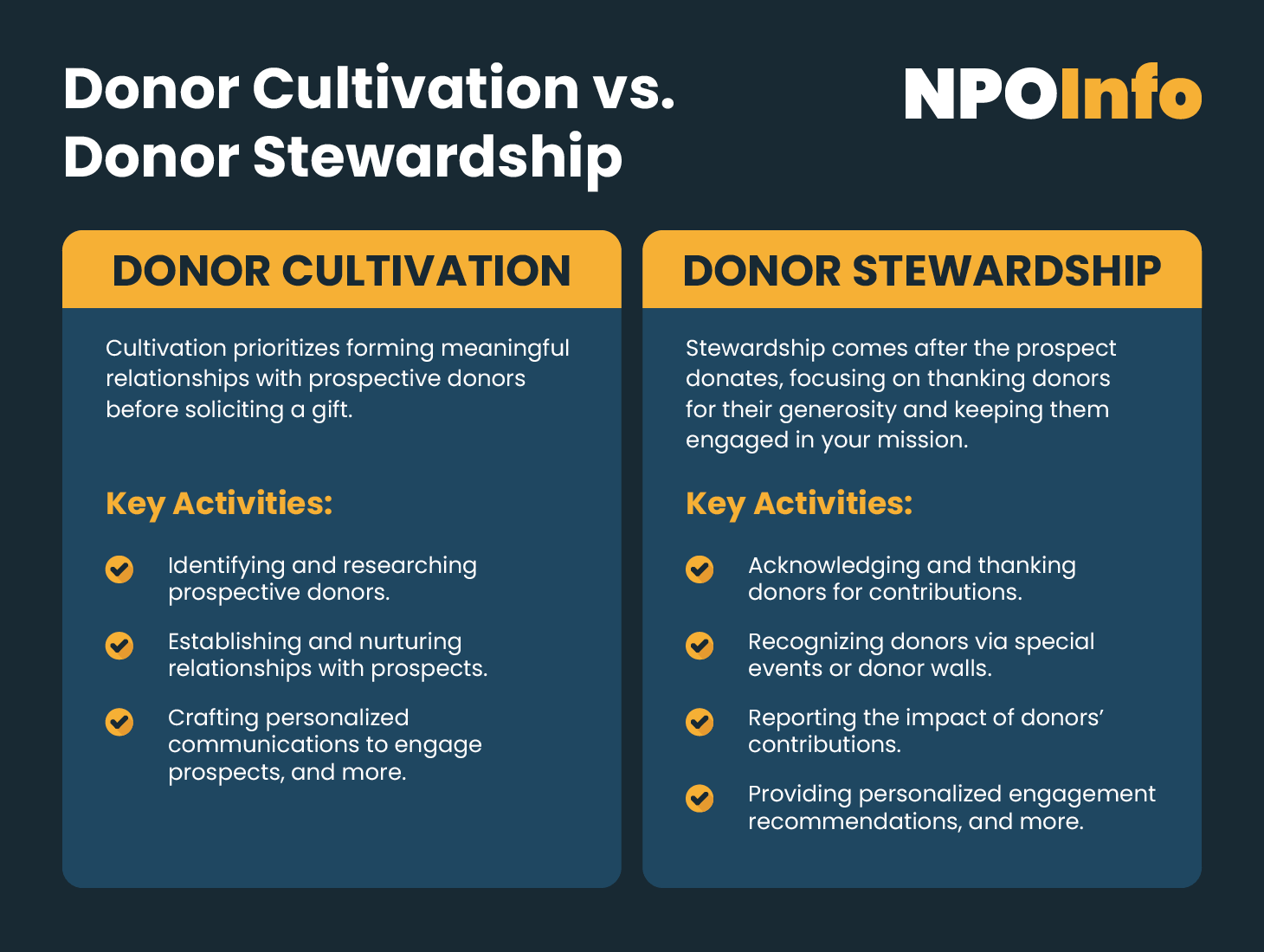
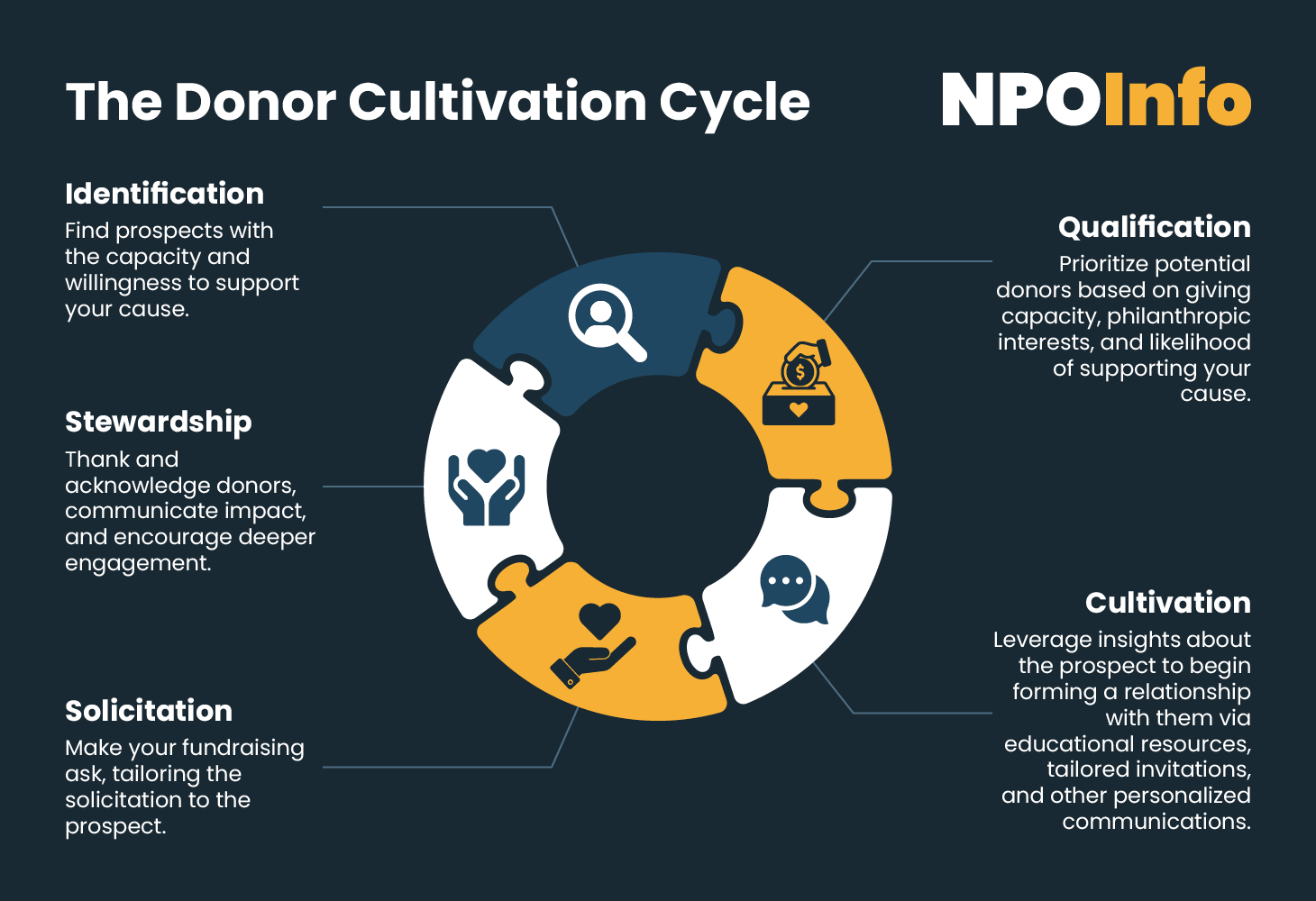
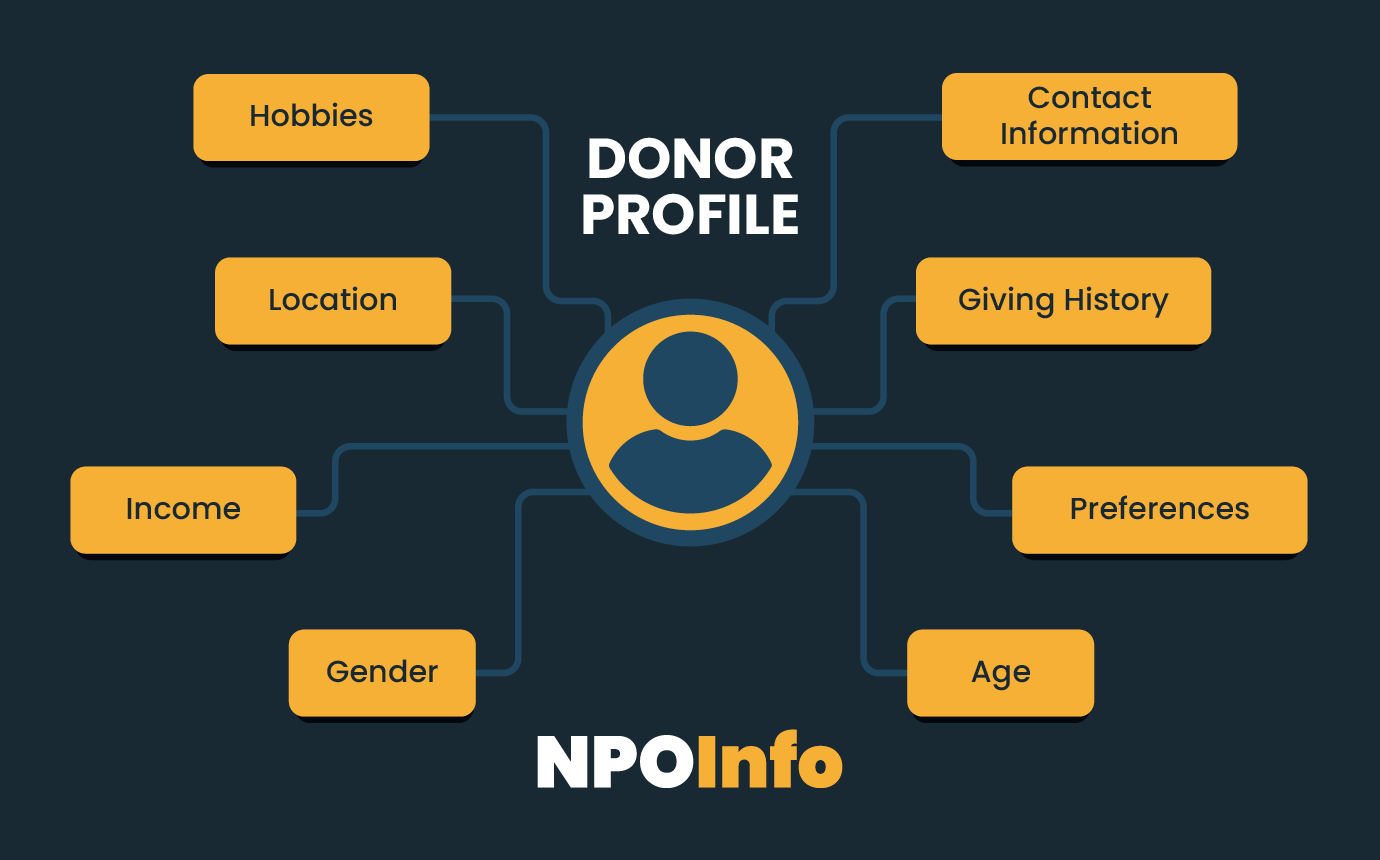

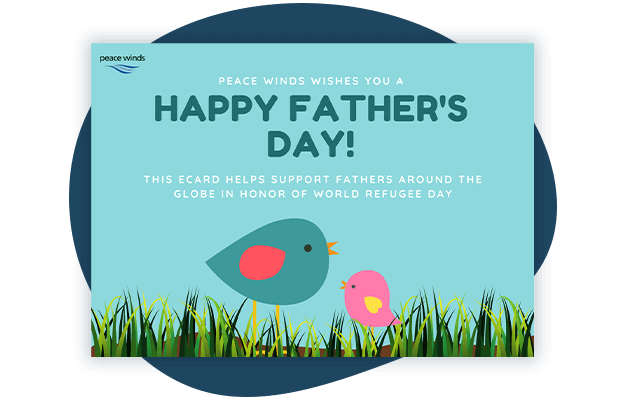

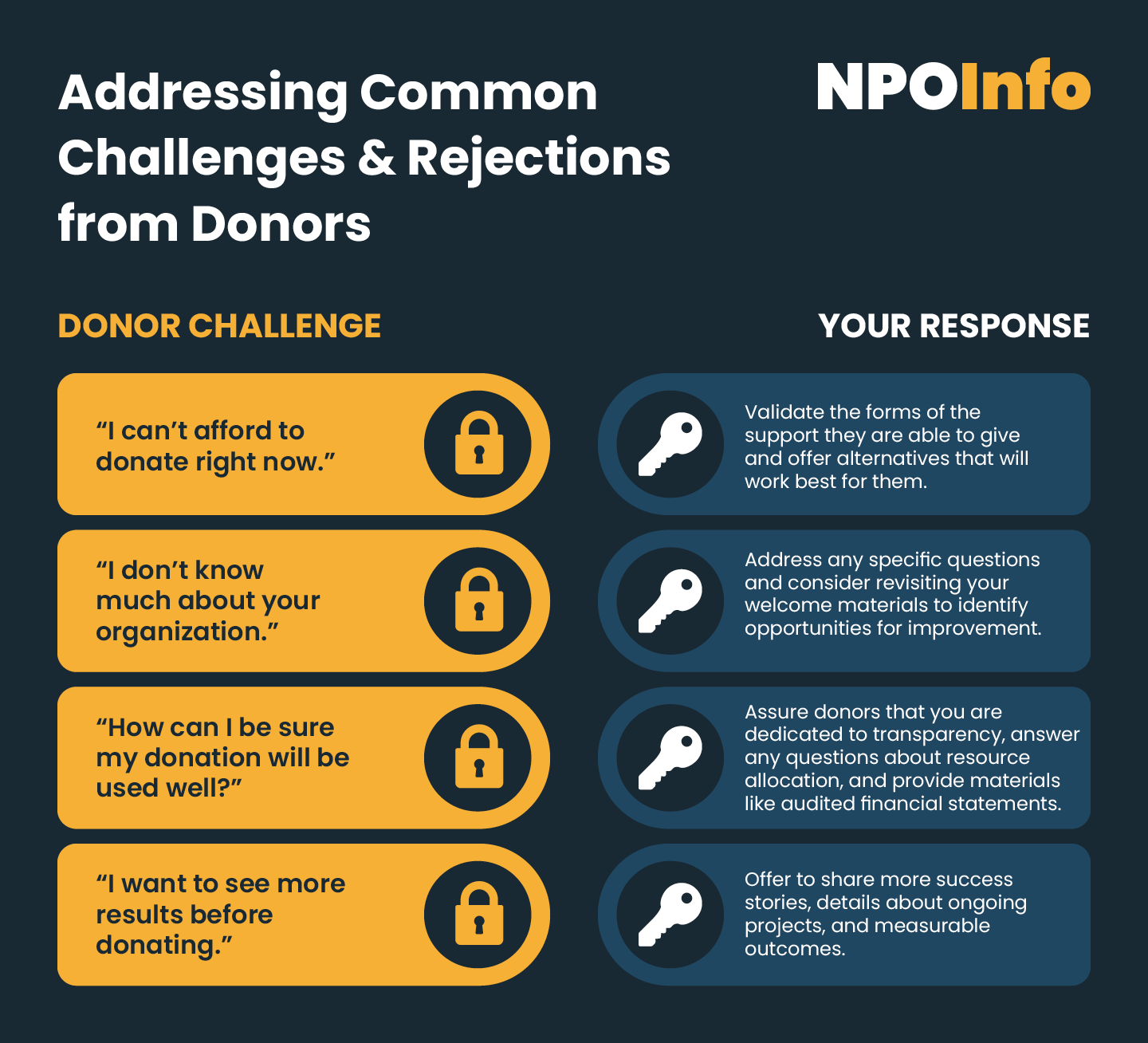
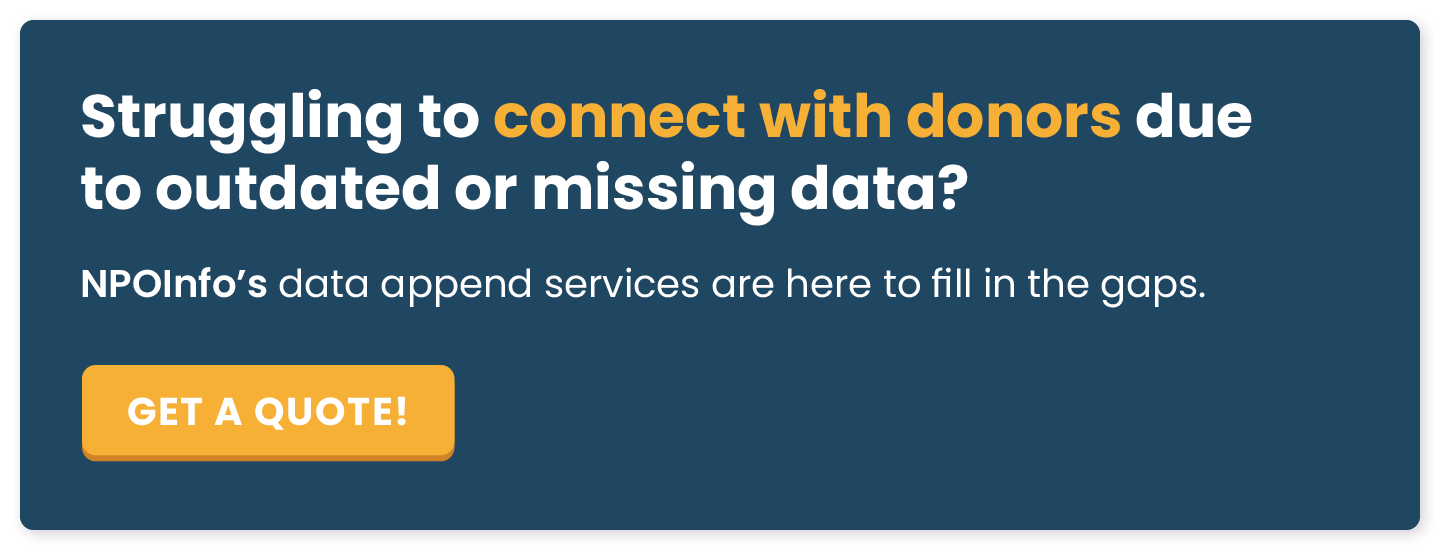
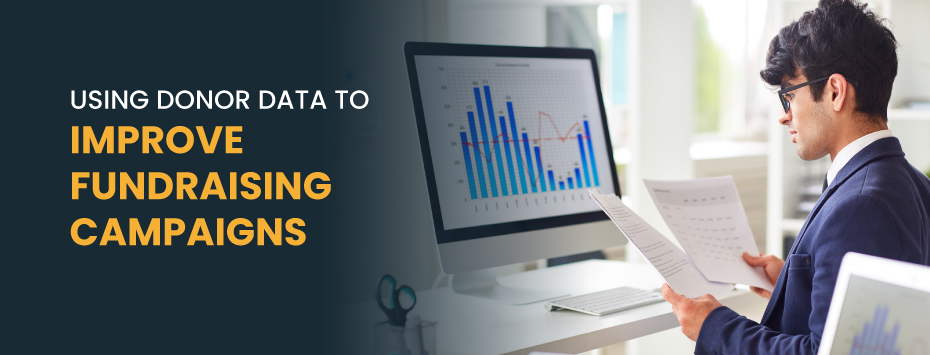
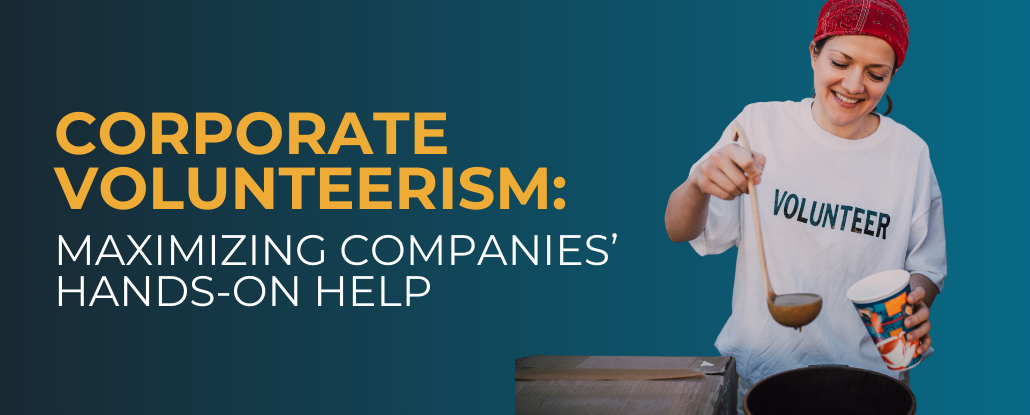













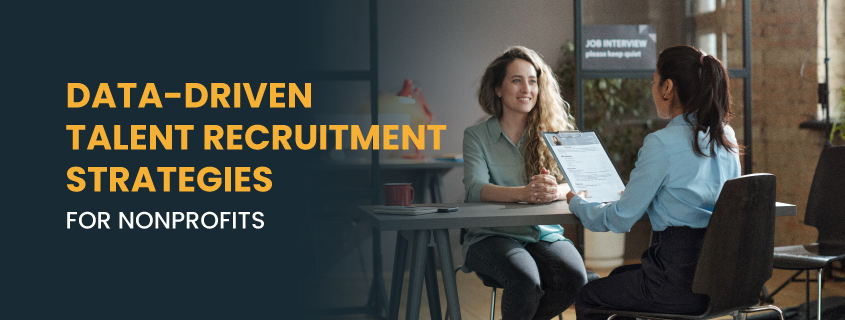
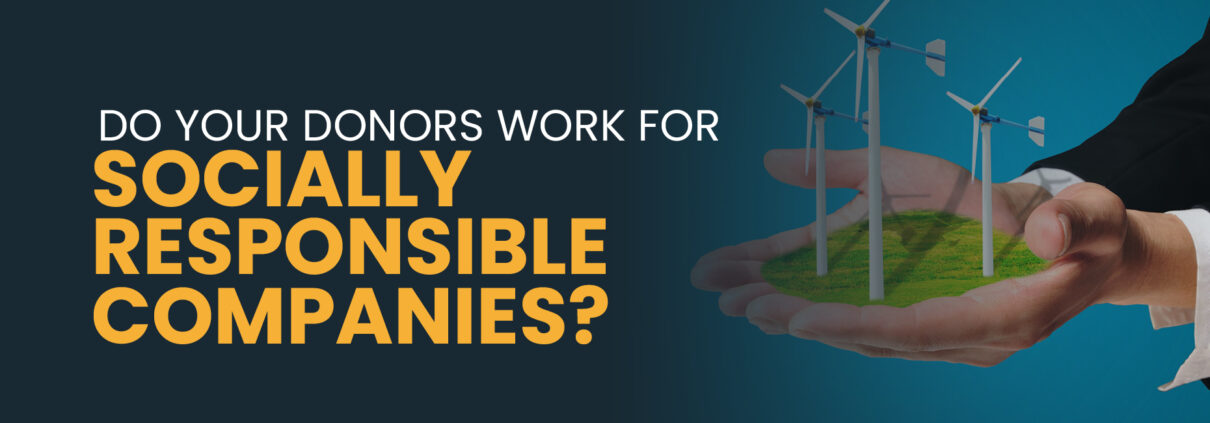

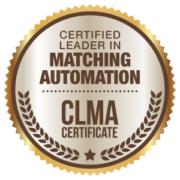 Top tip: Keep an eye out for the Certified Leaders in Matching Automation badge to quickly identify socially responsible companies with
Top tip: Keep an eye out for the Certified Leaders in Matching Automation badge to quickly identify socially responsible companies with 










